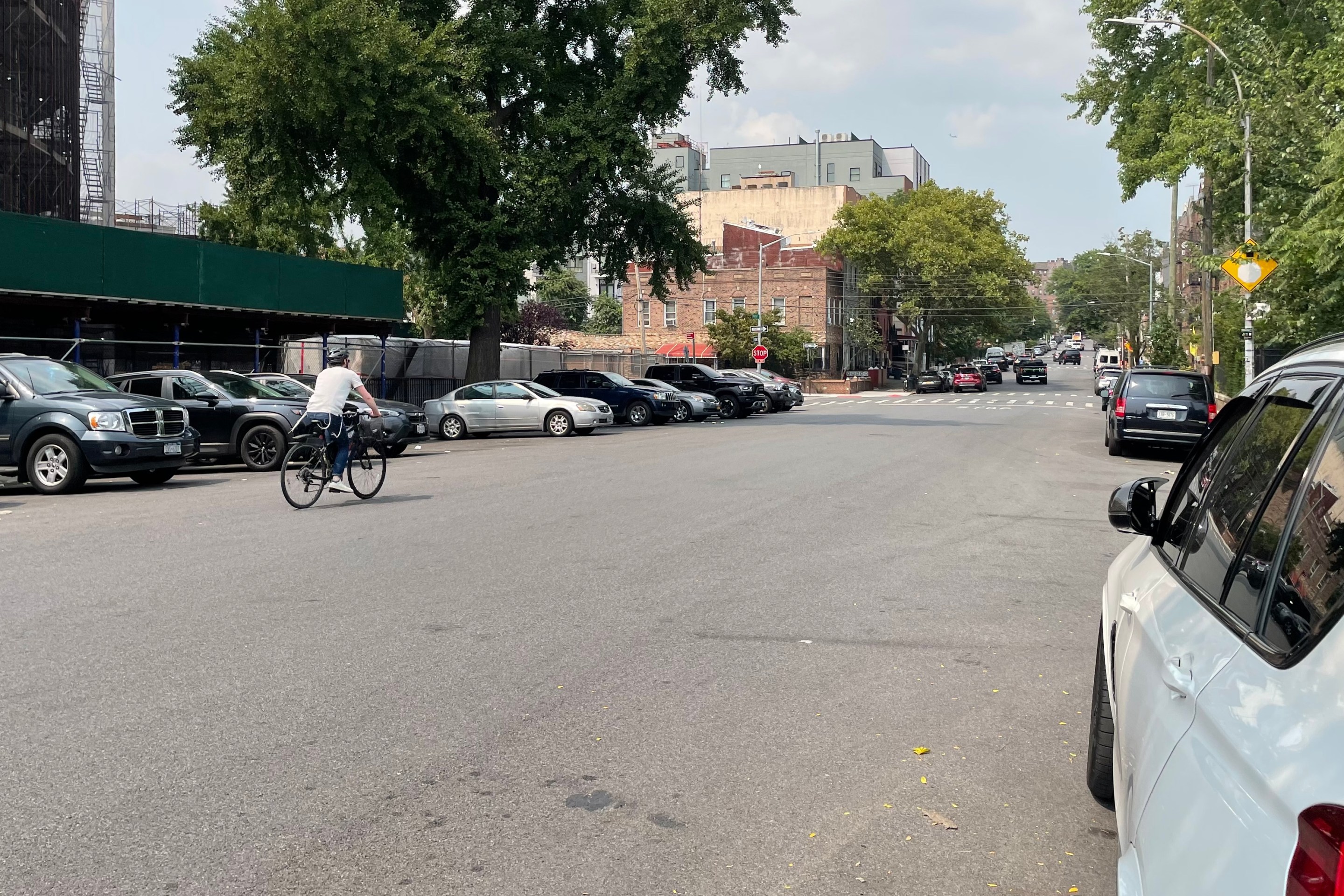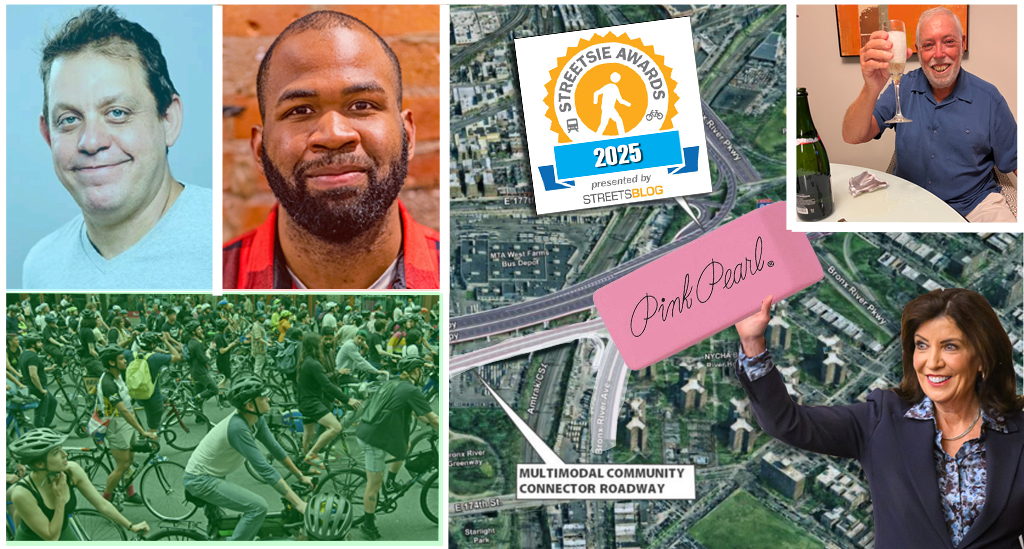Here is part three of Mark Gorton's essay, "Smart Para-Transit: A New Vision for Urban Transportation."
The biggest constraints on the transportation capacity of New York City’s road networks are the bridges and tunnels. The river crossings are jammed with traffic for a good fraction of each day. The
only way to get more throughput capacity out of New York’s existing bridges and
tunnels is to use them more efficiently. A vehicle carrying multiple people is more spatially efficient than a single passenger car, so by having HOV lanes, our existing bridges and tunnels can move more people at no extra cost. The Lincoln Tunnel already employs dedicated bus lanes, and this concept can be expanded.
Smart Para-Transit all by itself could provide good transit
options but would not have trip times superior to a private car. However, if the Para-Transit buses and vans had access to HOV lanes at the river crossings and other constraints in the road network, the Para-Transit system could provide trip times superior to the private car. The Para-Transit buses and vans could zip through the bridges and tunnels while the private cars sat stuck in traffic. With quality vehicles, faster trip times, and cost savings, many people in the New York region would happily switch from private automobiles to Smart Para-Transit.

Adoption of Smart Para-Transit could then have a positive
feedback effect. As more people used paratransit, trip times would go down as greater concentrations of riders would result in more optimal routes. The greater number of Para-Transit vehicles would then require more HOV and transit only lanes which would further squeeze the road capacity available to private automobiles at peak periods. Private automobiles would then be even slower in comparison to the Para-Transit vehicles further encouraging more drivers to adopt Para-Transit.
The end state could result with New York having a nearly
congestion free road network. The current traffic system in New York is badly engineered. It prioritizes the least spatially efficient forms of transportation, the private automobile. As a result, the system is frequently congested leading to enormous wastes of both time and money. In addition, the constant crush of traffic oppresses New York City making its neighborhoods hostile places for the people
who live in them.
Video: Sightline Institute. Photo: Transportation Alternatives.





